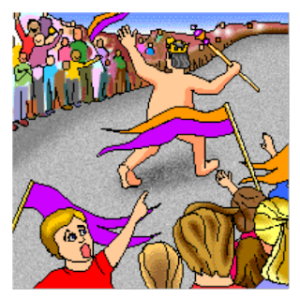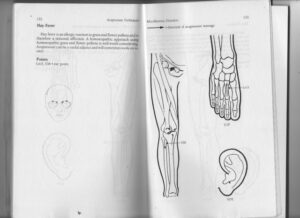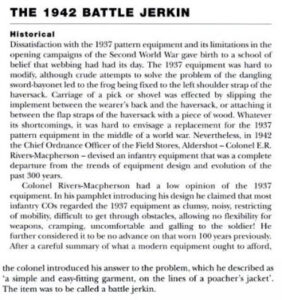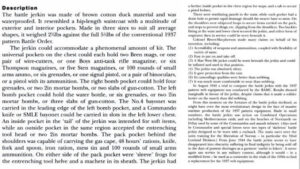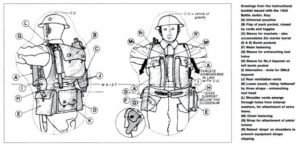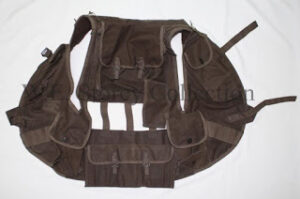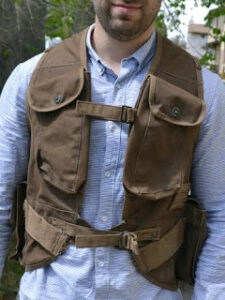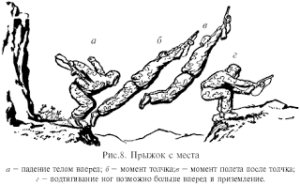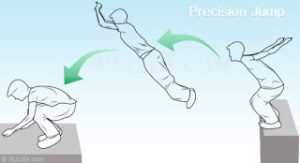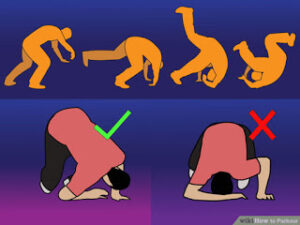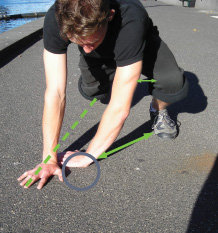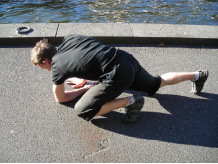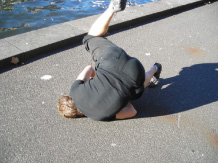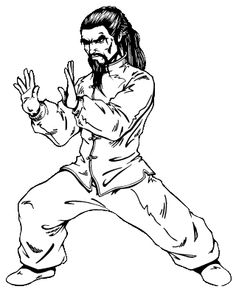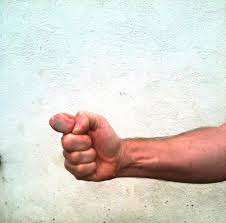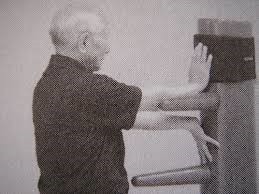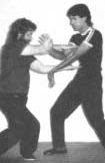The following scenario, or something similar, may have occurred in your past.
You are out for the night with some friends. One of your male friends, or maybe yourself makes as comment. One of your female friends responds by playfully slapping or punching the male.
Male: “OWWW! That hurt!”
Female: “Oh, don’t be such a wimp! I barely touched you”
Male (muttering) “I DID hurt…”
What has happened in this familiar scene is quite interesting. The lady did not intend to do any real damage so she did not put much muscular effort into the punch/ slap. Probably she used no more muscular effort than was needed to raise and move the arm. Because it was very relaxed the hand was moved very fast and thus acquired lots of energy. Paradoxically, she hit harder because she did not intend to hit hard.
A punch or similar strike can be taken to have three phases. There is the cast or throw, where the hand is moved towards the target. There is the impact. And there is the withdrawal.
Momentum is mass x velocity. Kinetic Energy is mass x velocity2. We cannot make our arm and hand heavier. so if we wish to increase a strike’s momentum and energy we must move everything faster. Or looked at another way, we need to minimise those factors that may slow the system down.
The arm does not need muscular tension when a punch is being thrown. This would slow the arm down. Likewise we want the withdrawal to be fast too so that our arm is not grabbed or counterattacked in some other fashion.
The only time we need the muscles tensed is just before and during the moment of impact so that the energy goes into the target rather than being used to bounce our strike off. In fact a good punch or blow has something of a snapping action to it. It transmits a portion of its energy and then withdraws before some of this energy can reflect back into the hand. This is what Chinese arts are often talking about when they talk of fa-jing. You are probably more familiar with this effect than you think. If you swing a towel at someone it has very little effect. If, however, you make the towel end snap as it makes contact the effect is quite different.
Getting the correct timing of this relaxed: tense: relaxed cycle for a punch becomes quite labour intensive for some martial arts students. There is also the added complication of ensuring that the bones of the hand and arm are correctly aligned on impact to avoid hand injury.
Things become a lot simpler if you use a palm-heel strike instead of a closed fist. You still need to relax your arm and add a snapping action but tensing and aligning the hand seem to take care of themselves.
Let us consider another familiar action. Clap your hands like there is a big, fat, nasty, blood-sucking mosquito before you. That noise your hands make is energy being converted into sound. There is a lot of energy because you don’t tense up before you clap your hands. You just do it so the action is fast and relaxed and consequently quite powerful. There are a number of combat applications for hand-clap actions in my books.
Today I am going to ask you to think of a hand clap as being a model for two palm strikes. If you can bring two hands together with such speed and force why can you not use the same principles to bring just one hand in contact with a target?
“What is the sound of one hand clapping?” The answer is that of a palm-strike hitting your enemy.
